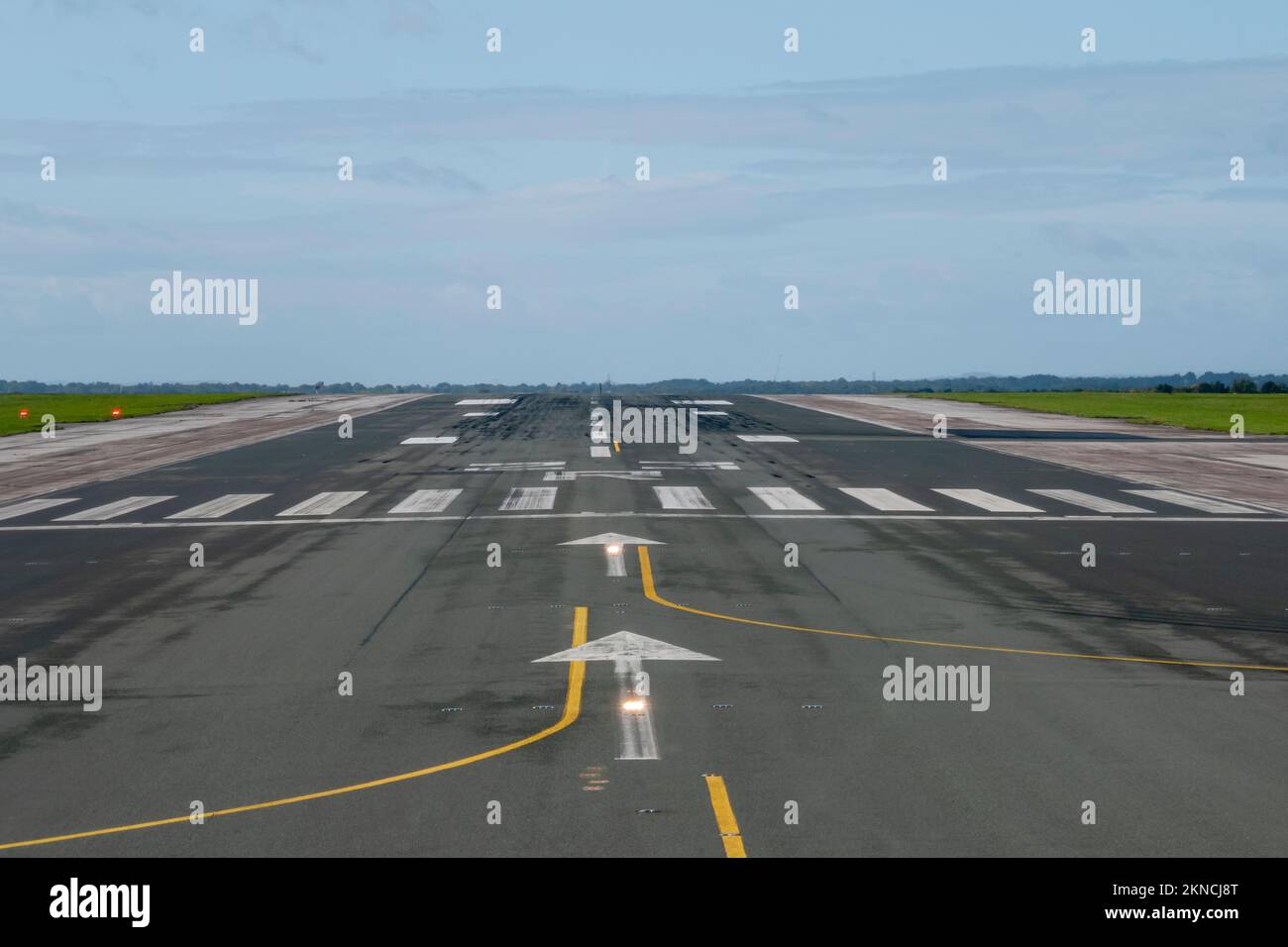

Runway lights and markings plus#
The visual glide path of the PAPI typically provides safe obstruction clearance within plus or minus 10 degrees of the extended runway centerline and to 3.4 NM from the runway threshold.

These lights are visible from about 5 miles during the day and up to 20 miles at night. UFC 3-260-04, Airfield and Heliport Marking, fully defines pavement marking requirements for Army and Air Force fixed-wing runways.Navy and Marine Corps requirements are defined in NAVAIR 51-50AAA-2, General Requirements for Shorebased Airfield Marking and Lighting. PAPIs use lights similar to the VASI, but are installed in a single row of either two or four light units. Use these Runway Safety Flash Cards to refresh your understanding of runway and taxiway signs, markings, and lighting. The Precision Approach Path Indicator (PAPI) is another very common visual glide path indicator light. What is a Taxiway Basic Taxiway Markings Runway Intersections Ramp and Apron Markings Taxiway Signs Taxiway Lights. Although normal glide path angles are 3 degrees, VASI lights at some airports may be as high as 4.5 degrees to give proper obstacle clearance. VISUAL APPROACH- An approach conducted on an instrument flight rules (IFR) flight plan which authorizes the pilot to proceed visually and. If you see two red lights over two white lights, you're on glide path. Runway Visual Range RVR- The range over which the pilot of an aircraft on the centerline of a runway can see the runway surface markings or the lights delineating the runway or identifying its centerline. The visual glide path of the VASI provides safe obstruction clearance within plus or minus 10 degrees of the extended runway centerline and to 4 NM from the runway threshold. This lesson introduces pilots to the types of signs, markings, and lighting that they will encounter when operating at an airport, and stresses their meaning. Taxiway centerline lead-off lights installed along lead-off markings. Note: A runway vacated sign is provided where the exit taxiway has no centerline lights and there is a need to indicate leaving the runway, the ILS/MLS critical/sensitive area. According to the International Civil Aviation Organization (ICAO), a runway is a defined.

These signs are located on at least one side of the taxiway. These lights are visible from 3-5 miles during the day and up to 20 miles or more at night. Information here includes location, destination, runway exit, direction, runway vacated signs, etc. The Visual Approach Slope Indicator (VASI) is a system of lights arranged to provide visual descent guidance information during the approach to a runway for VFR and IFR pilots. Runway design standards may impose restrictions on the amount of runway available for use in takeoff and landing that are not apparent from the reported physical length of the runway or from runway markings and lighting.


 0 kommentar(er)
0 kommentar(er)
